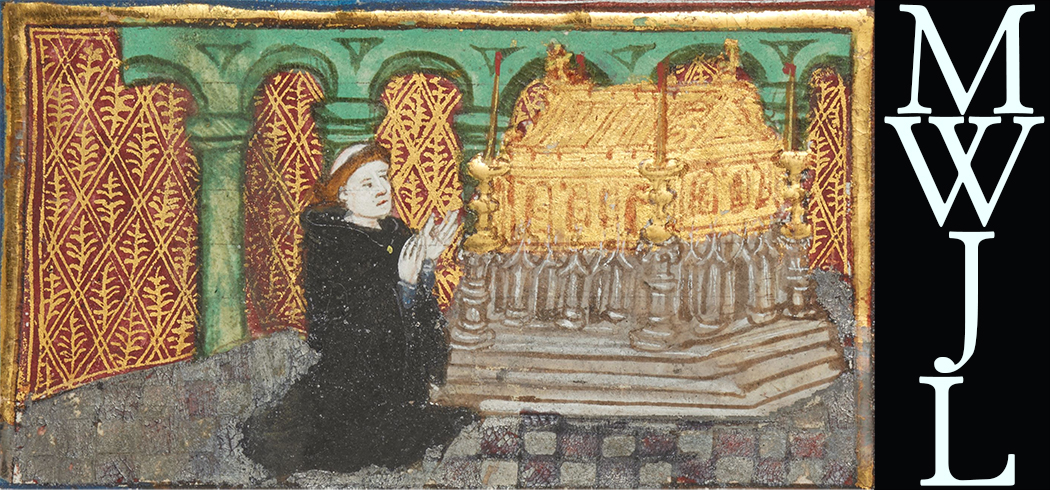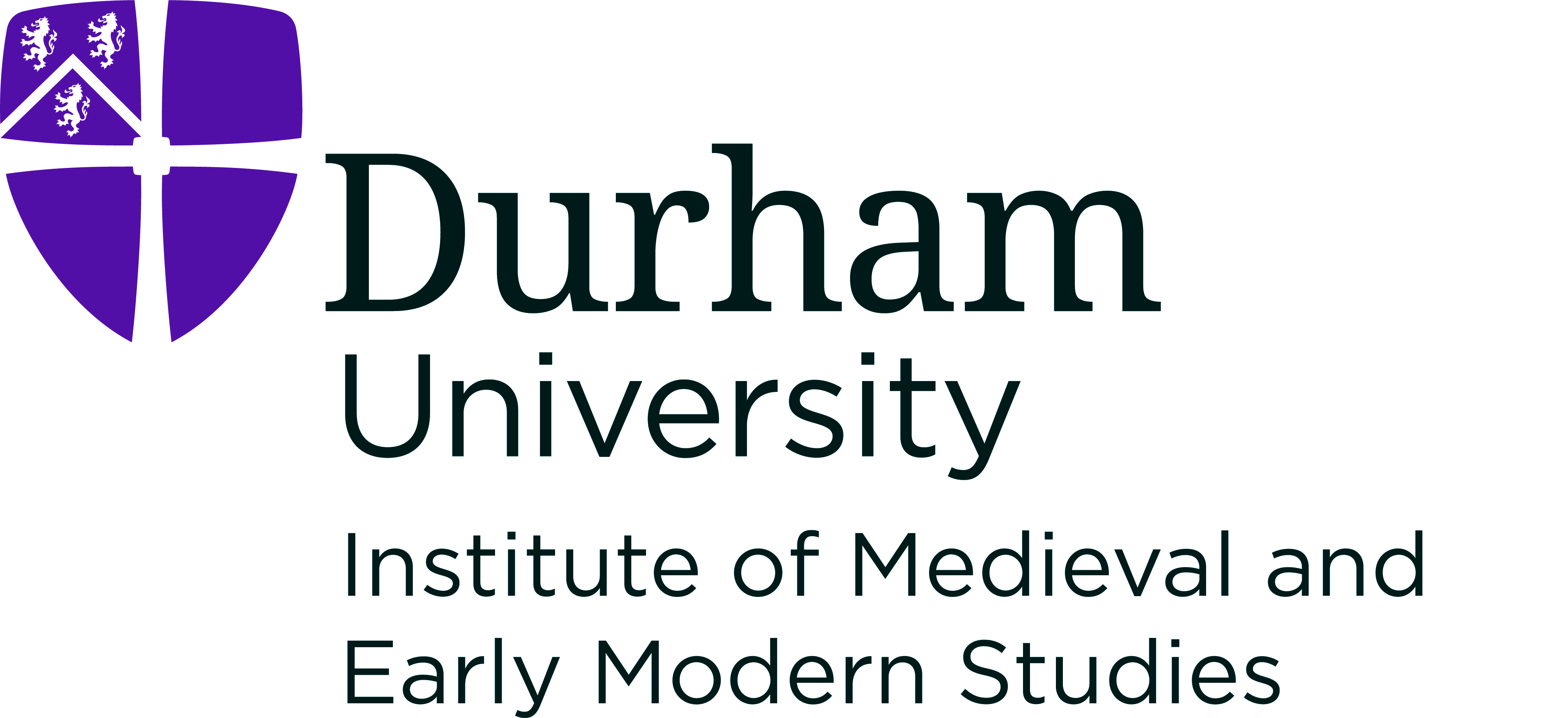 A Mumming at London:
Trinity R.3.20 Verses
A Mumming at London:
Trinity R.3.20 Verses
HomeAbout the ArchiveAbout John LydgateWorksManuscriptsAbout this ManuscriptEditorial ApparatusContactVisualization
Folio 29 Recto (page 59)
Compare Witnesses: •
ɲ
Cardynale Vertues •ɲ
And alle þeos chaunges / yif þey
beo sougħt •Þis fals lady / haþe hem wrougħt •
A valed witħ þeyre sodeyne showres •
Þe worþynesse of conquerroures •
Reede of poetes þe comedyes •
And in dyvers Tragedyes •
Yee shal by lamentacyouns •
ffynden þeyre / destruccyouns •
A thousande moo þan I can telle •
In to mescheef how þey felle •
Dovne frome hir wheel / on see and lande •
Notes
-
MacCraken has "vn" here, but the form should be noted because it seems to be limited to just the initial line of a page (see, for example, "vertues" on the first line of page 61). This form is markedly different from both initial "v" as seen elsewhere (see, for example, the initial glyph of "vnderstondes" in the final line of the prior page) and the flourished "v" form seen internally in words like "pourveyaunce" in the next. ↩
-
The EETS edition has "his" here, but the manuscript is fairly clear that it is "hir" based both on the prior line and the shape of "s" in the final position, as seen in "handes" at line one and the numerous terminal "s" glyphs in the following section. Additionally, Additional 29729 also has "hir" for this line, with an obvious difference between the hapes of the "r" and terminal "s" glyphs there as well. ↩
-
The EETS edition renders this as "anoon," which is understandable considring the proximity of the two words in the line. However, when compared with words like "witħstande" earlier in this same section, as well as elsewher on this page, it seems that it should be rendered as two words, with the "n" glyph in second position looking similar to those that serve as markers of a new section of speech. Interestingly, both the initial "n" glyph for this section and the header following suggest that that curved descender on the left was rendered after the letter proper was formed, which is what we see here. ↩












